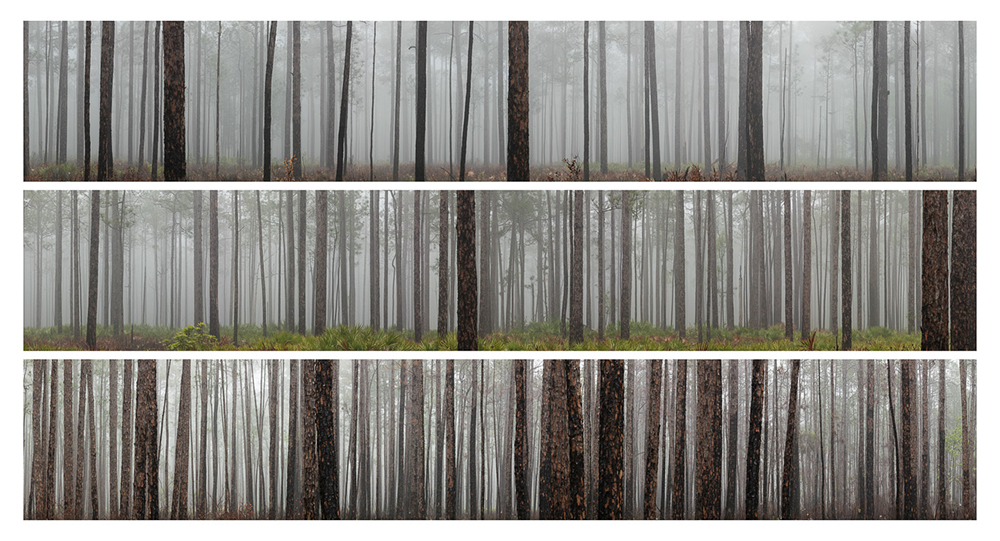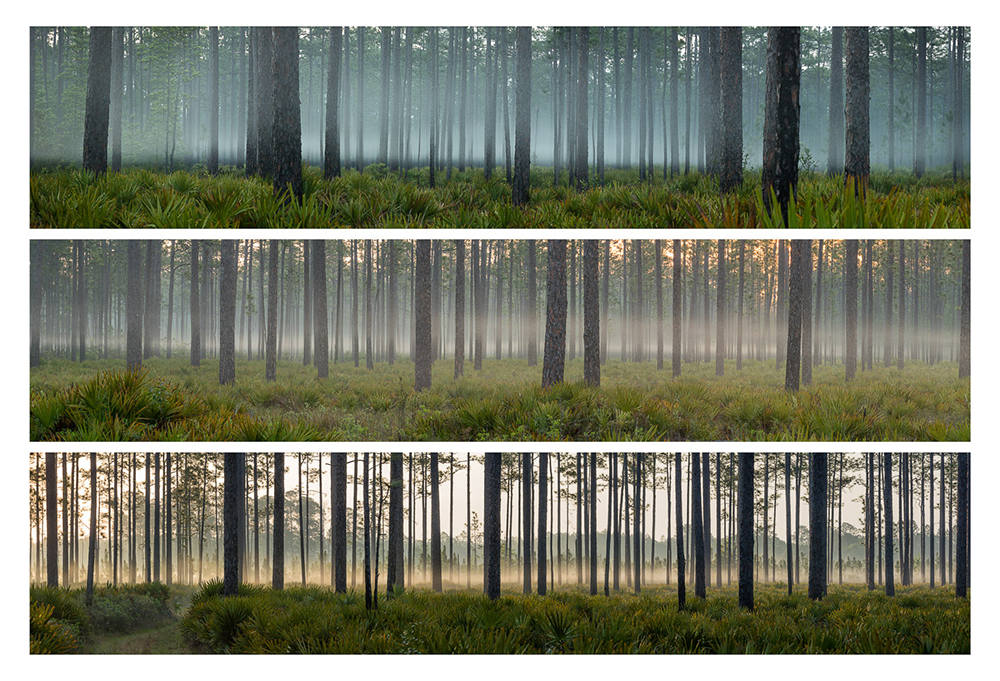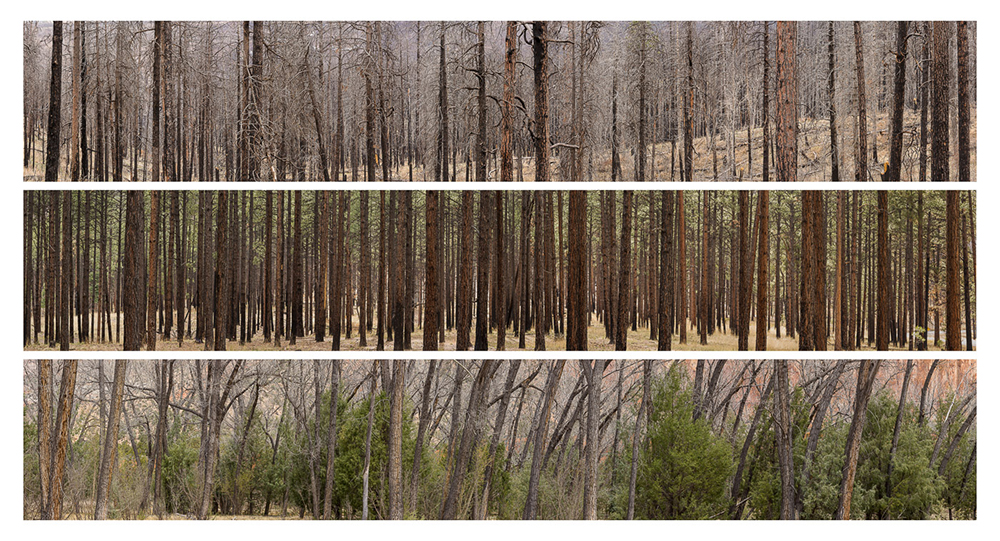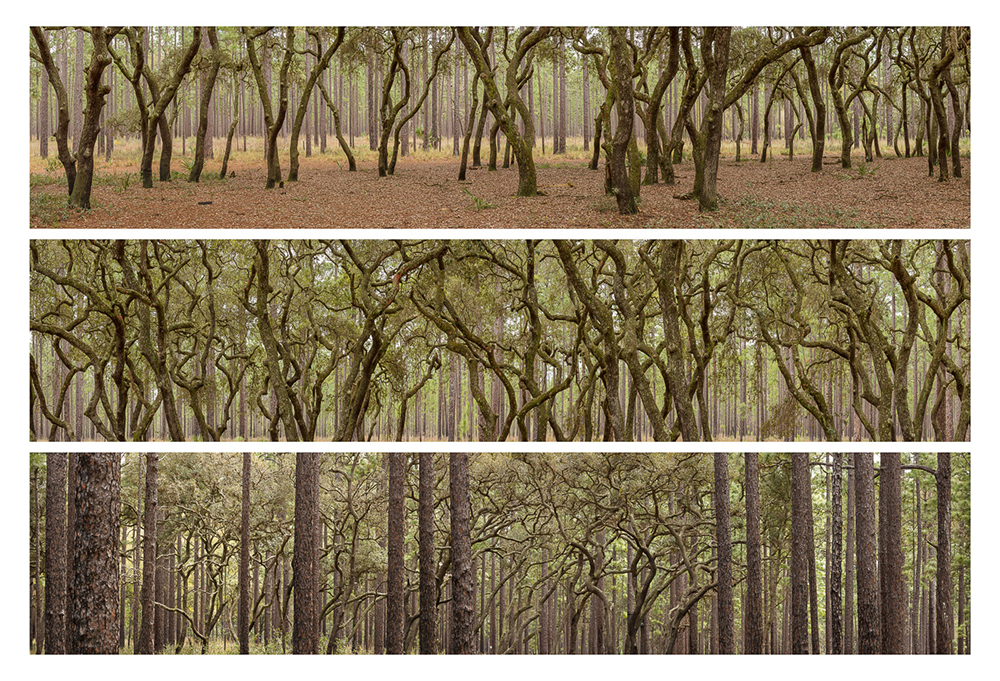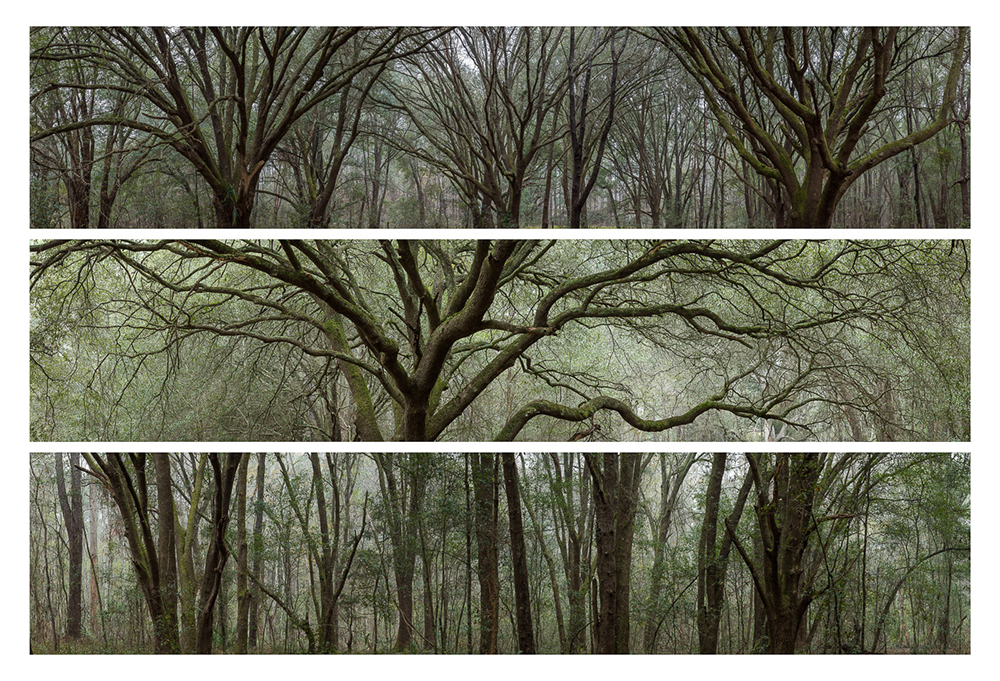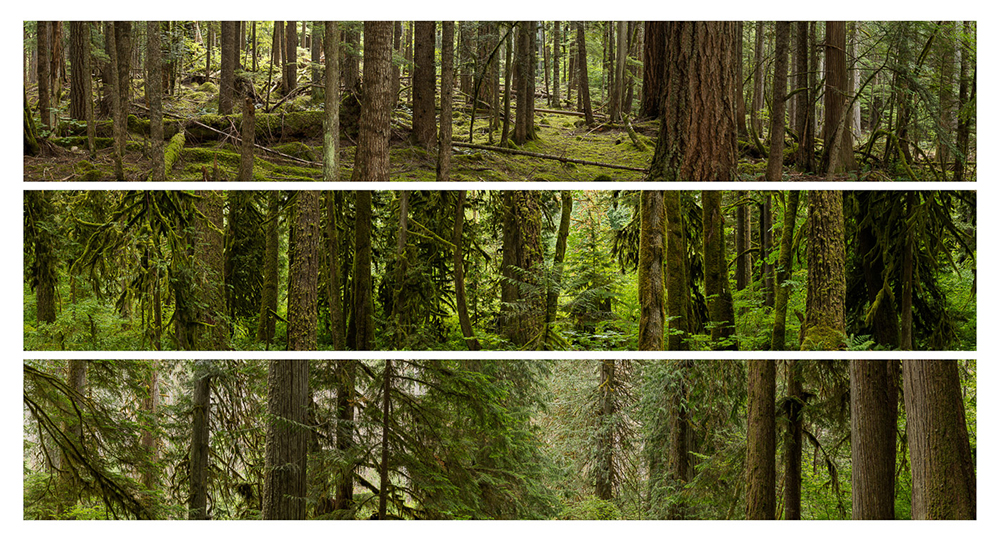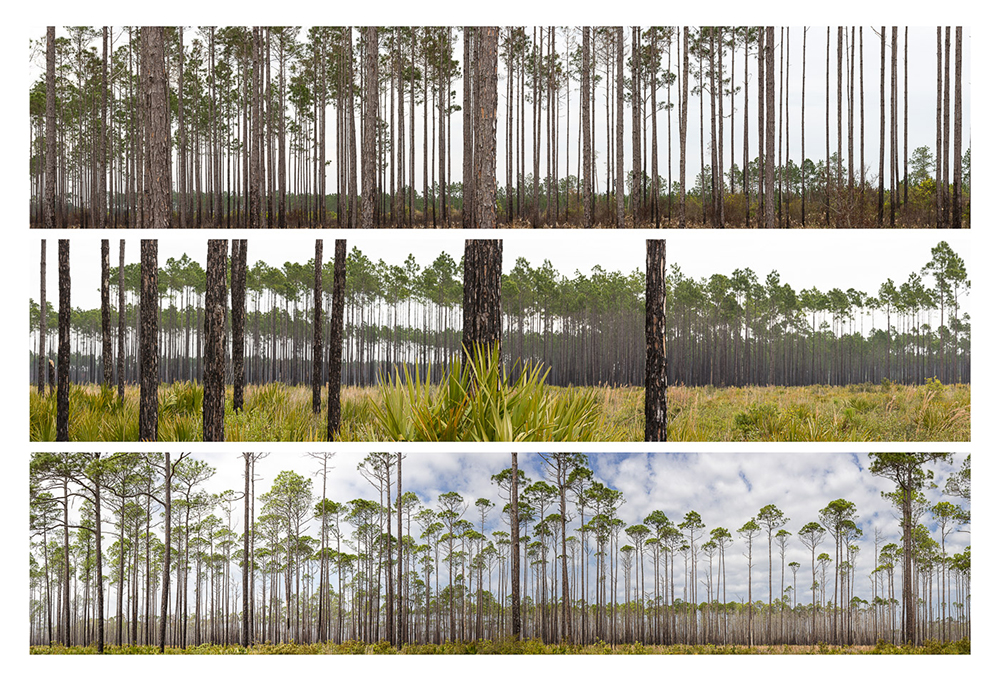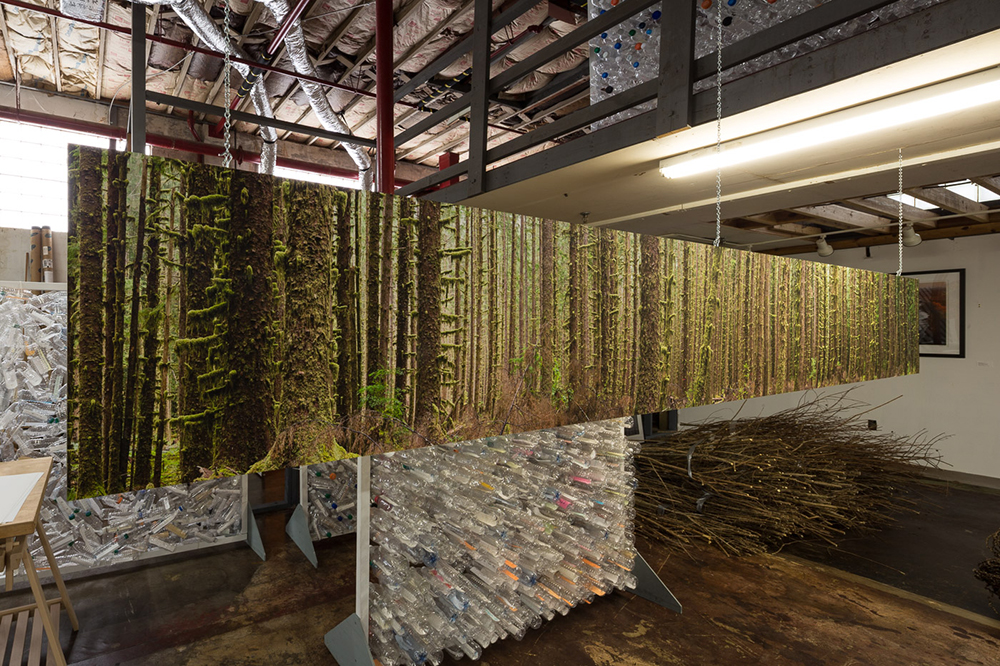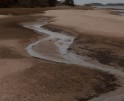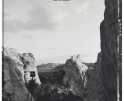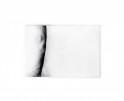ART + SCIENCE: Doug Eng
Doug Eng is an installation art and fine art photographer based in Jacksonville, Florida who explores his natural and urban landscape. Trained in a career of structural engineering, he is now pursuing his lifelong interest in photography.
Continuing in the landscape tradition, Eng now focuses his camera on forests of trees in a series entitled Decoding the Infinite Forest. He chose to photograph communities of trees because of their connectivity, their ability to survive the forces of nature, and how their individuality and characteristics tend to reflect human nature. These photographs reinforce his intrigue with simple and complex living structures through his examination of the largest living organism, the forest of trees.
Decoding the Infinite Forest presents communities of trees as structures with an inherent strength and stability. Yet within these large format panoramas, one sees more than mere structures. Systems of the logical mind work in sync with the creative mind. The viewer is drawn into the photograph, directed by repetition, movement, scale and an emotional component driven by a sense of familiarity and beauty.
A Jacksonville, FL native and resident, Doug Eng is a photographer and installation artist whose visual interests are urban and natural landscapes. Eng’s recent projects focus on raising awareness of endangered wetlands and creeks in Northeast Florida by encouraging residents to explore their surroundings. “Finding and connecting with your own sacred places is an important part of caring about where you live.” An engineer and software programmer by education and trade, Eng is pursuing a lifelong interest in the visual arts and has established a reputation for unique imagery and meaningful public projects.
Eng received his BS and MEng degrees at Cornell University studying structural engineering and architecture. This combination of arts and science germinated his interests in natural forms, systems, and design. Photography became the ideal medium to support his studies and document his particular view of the world.
Eng was selected twice as a Critical Mass Finalist and his work has been exhibited widely in the southeast. His projects, Streaming South and On Fertile Ground, were featured in Lenswork magazine, and Eng has won numerous IPA Awards for nature and fine art images. Eng’s studio is located in the CoRK Arts District in Jacksonville, where his large format printers and CNC router equipment are usually running.
Decoding the Infinite Forest
How do you photograph a forest? A forest presents itself along a path, creating an immersive and timeless experience, unfolding in a progression. Most photographs depict a contained space at a moment in time. I am interested in extending both of these dimensions.
I began making stitched image panoramas of forests as a way to create large detailed prints. My “aha” moment came when a 20×160 print confirmed the importance of physical presentation. Understanding and decoding these compositions requires size.
A “forest” is conceptually unconstrained and without bounds. By creating a long window into the scene with no sky/foreground elements, I intended to imply the infinite and replicate what our normal field of vision would see on a trail. The forest is presented consistently as an objective composition within this frame. My interest is to study multiple locations, subjects, and type (old growth/managed) to determine if there is a visual signature unique to each condition, appealing to my engineering disposition to rationalize the chaos that is the forest. This code becomes apparent only when viewing multiple tree forms as they become the notes, chords, rests, and tempo of a musical score.
When photographing I look for complexity, spacing, layering, scale, background, and the trees themselves. I include 5-7 frames in a composition. Given the number of failures, I’ve begun to enjoy the fact that success is delayed until the composite is created in the studio. These samples show groupings of 3 panoramas, each related to each other by location. I’m just beginning to draw some conclusions about similarities, differences, and discovery in a familiar landscape.
Projects that inform and influence have value. Our culture of consumption continues to have a devastating effect on our forests. We are just now understanding the complex relationships in tree communities, how trees communicate with each other, and the caring nature within the forest ecosystem. Studies also demonstrate distinct differences between managed man-made forests and old- growth primitive forests. As a witness to the miraculous place any forest can be, my hope is that this project may in some way, contribute to the wisdom to conserve, manage, and protect these living resources.
Posts on Lenscratch may not be reproduced without the permission of the Lenscratch staff and the photographer.
Recommended
-
THE CENTER AWARDS: FISCAL SPONSORSHIP: CAROLINE GUTMANMay 28th, 2024
-
Earth Week: Hugh Kretschmer: Plastic “Waves”April 24th, 2024
-
Earth Week: Richard Lloyd Lewis: Abiogenesis, My Home, Our HomeApril 23rd, 2024
-
From Here to the Horizon: Photographs in Honor of Barry LopezApril 3rd, 2024
-
European Week: Kacper KowalskiMarch 4th, 2024

